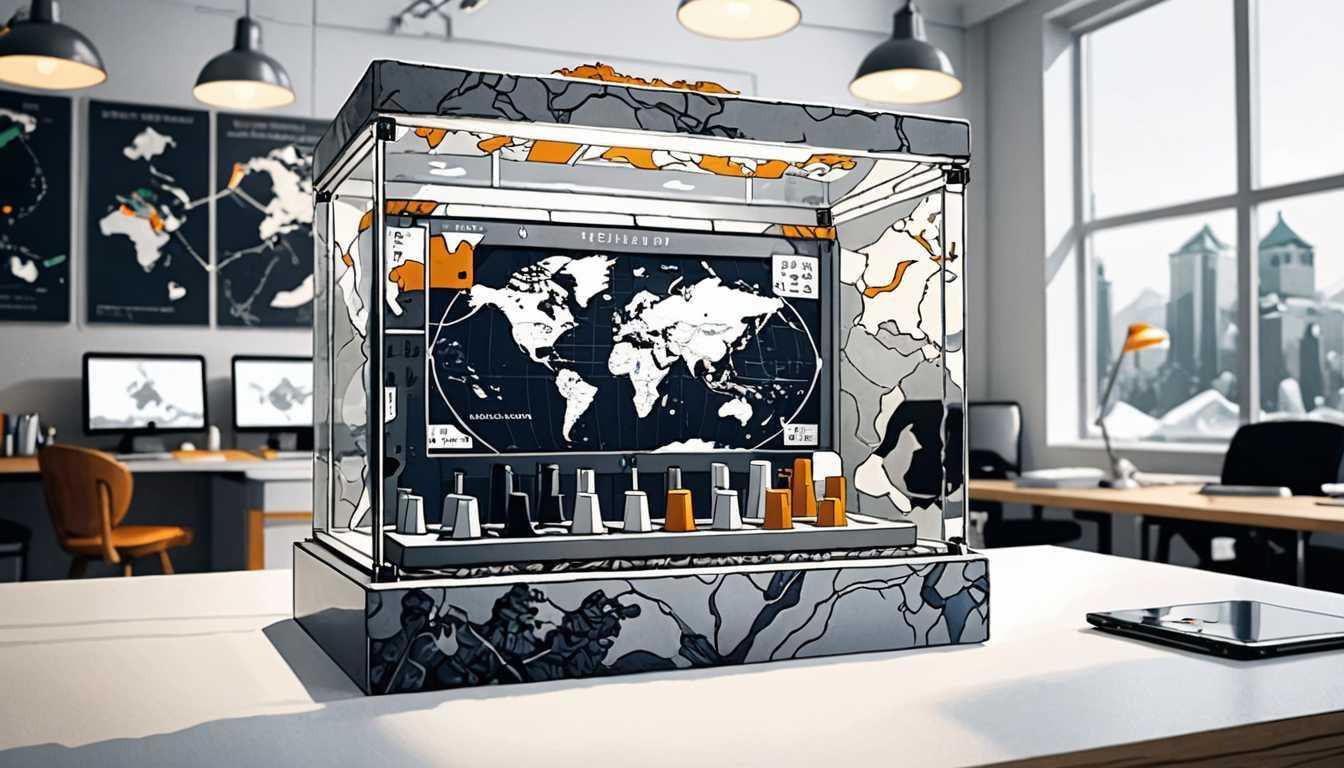Guardians of Art: The AI Defense!
November 2024
MIT Technology Review
Introduction
Hey there, future innovators! Dive into the thrilling tale of Ben Zhao, a computer whiz at the University of Chicago, who’s leading a charge against exploitative AI. When artists faced the daunting threat of their work being hijacked by AI, Zhao stepped up with revolutionary tools like Glaze and Nightshade to protect their creativity. Imagine turning your art into a fortress! So buckle up and explore this article from MIT Technology Review—it’s a wild ride into the tech battle of our times!
READ FULL ARTICLEWhy It Matters
Discover how this topic shapes your world and future
Unpacking the Art and AI Showdown
The clash between artists and generative AI is a hot topic that matters more than ever! As technology advances, tools like Midjourney and DALL-E 2 have made it easier for anyone to create images from simple text prompts. While this may seem exciting, many artists feel that their work is being used without permission, threatening their livelihoods. This conflict raises important questions about creativity, ownership, and the future of art in a world where machines can replicate styles and ideas. Understanding this issue is crucial for you as a future creator or consumer of art, as it shapes the landscape of creativity and innovation on a global scale. The balance of power between individual artists and massive tech companies is at stake, making it essential to explore how we can protect human creativity in a rapidly evolving digital era.
Speak like a Scholar
Generative AI
A type of artificial intelligence that can create new content, like images or text, based on input it receives.
Copyright
A legal term that gives creators exclusive rights to their original works, preventing others from using them without permission.
Pixel Perturbations
Subtle changes made to the individual dots (or pixels) in an image to confuse AI algorithms and protect the original style.
Data Poisoning
The act of deliberately altering data in a way that misleads AI systems, causing them to produce incorrect outputs.
Intellectual Property (IP)
Creations of the mind, such as art, inventions, and designs, that are protected by law to prevent unauthorized use.
Machine Learning Models
Algorithms that allow computers to learn from data and make predictions or generate content based on that learning.
Independent Research Ideas
The Ethics of AI in Art
Investigate the moral implications of using AI to create art, focusing on the balance between innovation and protection of human creativity. This topic is intriguing as it challenges students to think critically about what art truly represents.
Legal Frameworks for Copyright in the Digital Age
Explore the current laws surrounding copyright and how they apply to AI-generated content. This research could reveal gaps in the system and propose potential improvements.
Impact of Generative AI on Creative Professions
Analyze how AI tools are changing job opportunities in creative fields like illustration, writing, and music. Students may find it fascinating to connect this with their own career aspirations.
Technological Solutions for Protecting Artistic Integrity
Investigate the effectiveness of tools like Glaze and Nightshade and their potential to safeguard artists' work against AI exploitation. This topic invites practical exploration of technology's role in defending creative rights.
Collaborative Art Creation with AI
Study how artists are using AI as a tool for collaboration rather than competition, creating hybrid art forms. This angle showcases the possibility of coexistence between human creativity and AI, which can inspire innovative thinking.
Related Articles

Dance Meets AI: The Future
April 2023
Stanford University

Nightshade: Artists' Secret Weapon
October 2023
MIT Technology Review

AI: The New Tool for Criminals?
May 2024
MIT Technology Review

Forecasting the Future: AI Meets Weather Science
July 2024
MIT Technology Review

AI's Global Brain Game
March 2024
MIT Technology Review